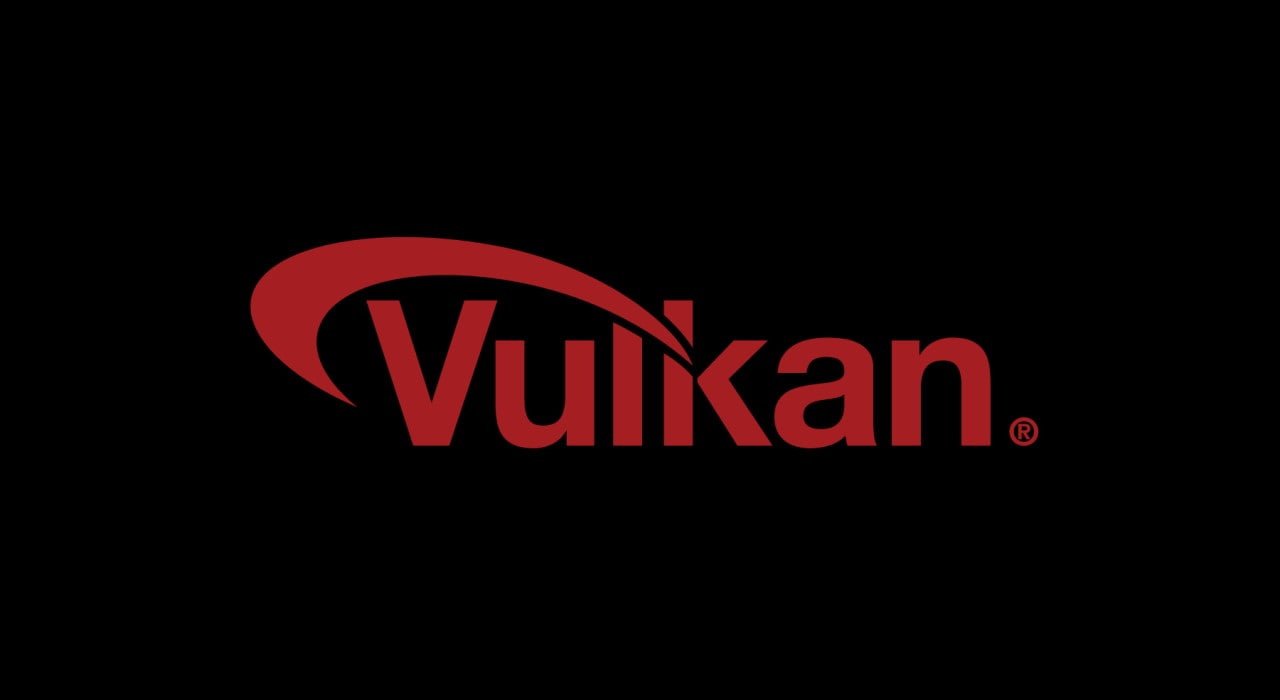
Vulkan®
Vulkan® gives software developers control over the performance, efficiency, and capabilities of AMD Radeon™ GPUs and multi-core CPUs.
HelloVulkan is a small, introductory Vulkan® “Hello Triangle” sample which shows how to set up a window, set up a Vulkan® context, and render a triangle.
View HelloVulkan sample on GitHubThis sample is designed to help you get started with Vulkan® and does not use any wrappers or helper libraries – pure Vulkan® all the way.
For more information about Vulkan®, take a look at our dedicated topic:
